These children play outdoors come rain or shine at a nature kindergarten in the Perthshire countryside.
But not every child is lucky enough to share their nature-embracing lifestyle.
Almost one in five children played outside only once a week or less last year, according to a government survey of parents in Scotland.
Some 57% of parents who took part in the research said their children played outdoors every day or most days and a just under a quarter (24%) said they did so at least two or three days a week.
However, 19% said their children played outdoors less frequently – ranging from at least once a week to never.
Parents revealed the play habits of their children, from babies to 17-year-olds, in the Scottish Parents Survey for the Scottish Government.
Children aged 12 to 17 were less likely to play outside, with 7% of parents of children aged 12 and over saying they never played outside. Children aged up to four played outside daily according to 70% of parents, dropping to 63% for 5 to 11-year-olds and 38% for older children and teens.
The survey was conducted in connection with the government’s play strategy for Scotland which sets out its vision for play as a life-enhancing daily experience for all children.
Why and how to encourage daily outdoor play
But why is outdoor play so important? And how can parents help ensure their children are active outdoors?
Dr Claire Warden is founder and director of Auchlone Nature Kindergarten, near Crieff, the outdoor nursery which the children pictured above attend. An educational consultant, she has also written several books on early years learning through nature, so knows more than most why outdoor play matters.
Ensuring children get outside daily is a matter of making the effort, she said, but once parents know the benefits is also a “no brainer”.
She said: “We are not expecting children to be Ray Mears or Survivor children but it’s about giving them an active childhood and time outside to experience risky play, which is part of having belief in yourself.
“If people want a programme to follow there are things like walking the Daily Mile, but it’s about bringing it into your every day, so maybe not bringing the car to the shops if you can walk.
“If you have a garden allow them out in the garden whatever the weather, maybe make a space where they can have a mud kitchen. Go on walks to local parks.
“Often people associate it [less outdoor play] with urban living but actually people in rural environments aren’t any better. We still need to make the effort to go outside.”
Scotland, she said, is leading the way in embedding outdoor learning into the education system but that was hampered by Covid and many children spending more time indoors.
“What we are seeing now with children coming back into nursery and primary schools is that some of the social interactions, some of the physicalities, the real benefits of being outdoors maybe aren’t quite as developed as they could be.”
What the benefits of outdoor play?
As well as getting physical exercise, children learn and interact socially better outside, says Dr Warden.
It’s also great for their emotional and spiritual wellbeing, particularly when they may be hearing about distressing events such as the war in Ukraine, which she says has been disturbing and upsetting for many youngsters.
“A lot of children need a place of calm or refuge, a place where the soundscape isn’t the radio or TV but laughter and joy and birdsong.
“That psychologically is really important for young children especially and right the way through primary school.”
Would better play parks help?
The survey also found that 48% of parents said improvements to local play parks would encourage their children to play outside more often, as would, according to 40%, more confidence in the safety of their local area.
An adverse impact of the pandemic on children’s play experiences was highlighted by a progress review last year of the government’s play strategy for Scotland.
The government is investing £60 million in renewing play parks across the country.
Just over 1,000 parents across Scotland took part in the survey conducted by Ipsos MORI Scotland in November and early December last year.
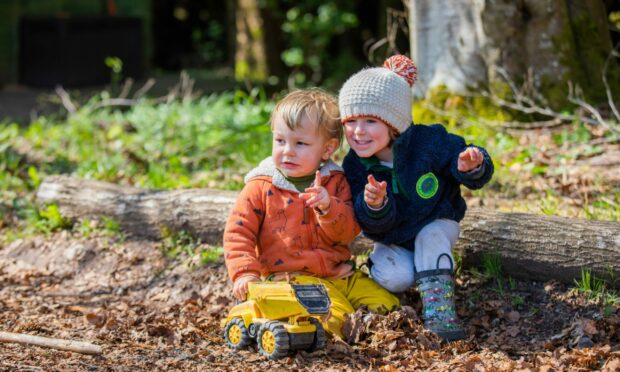
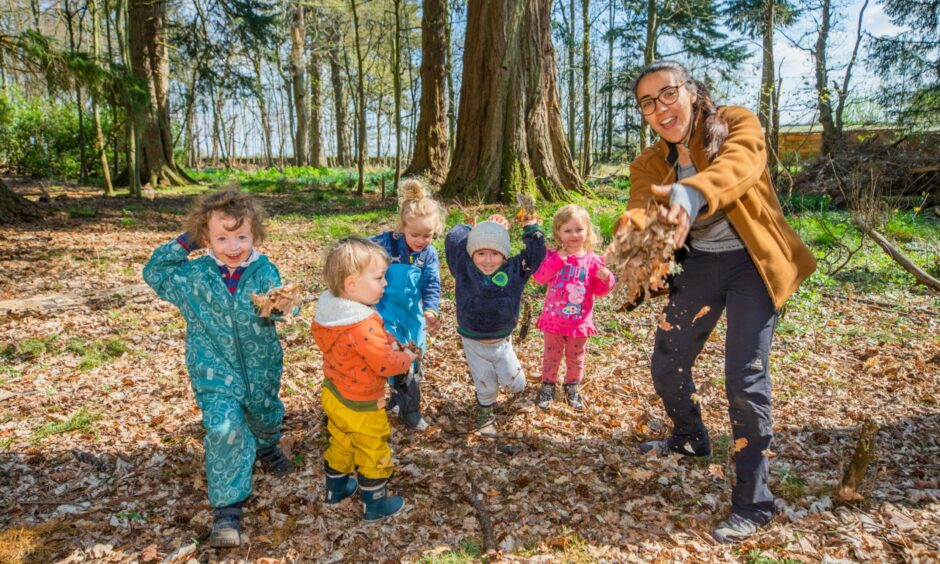
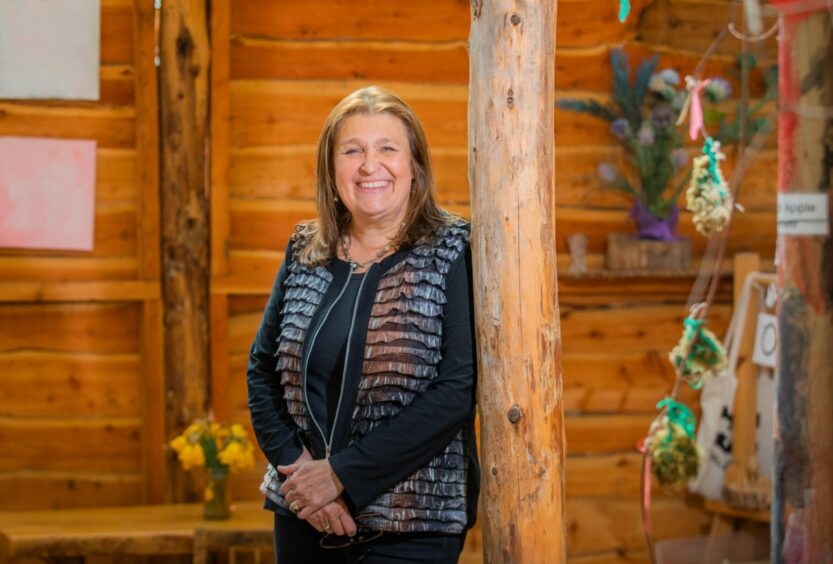
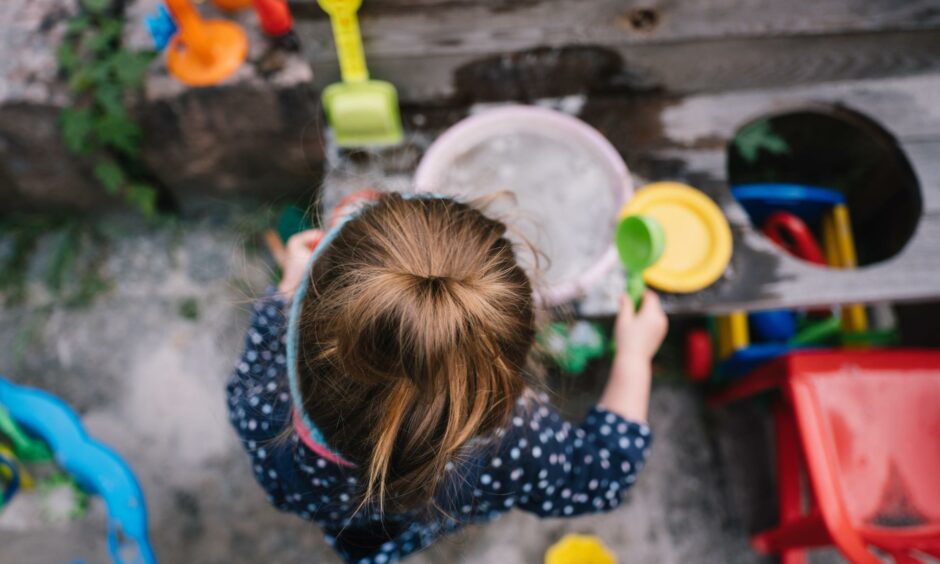
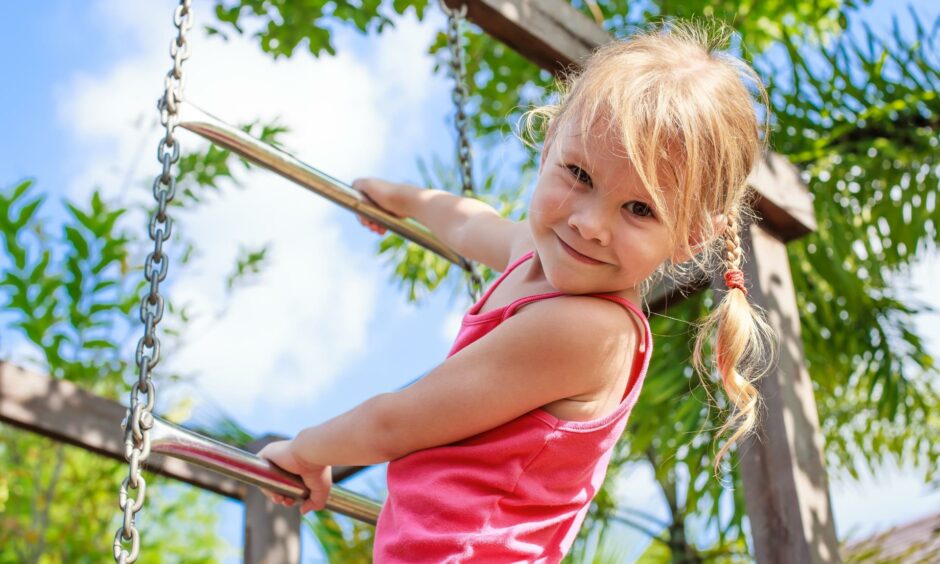


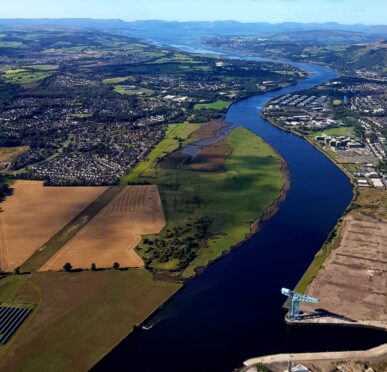







Conversation